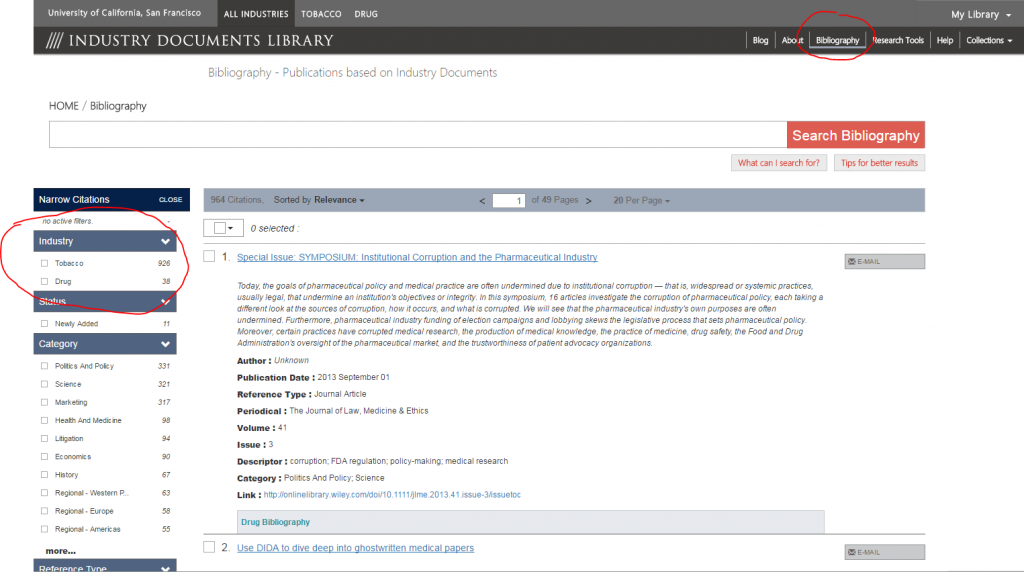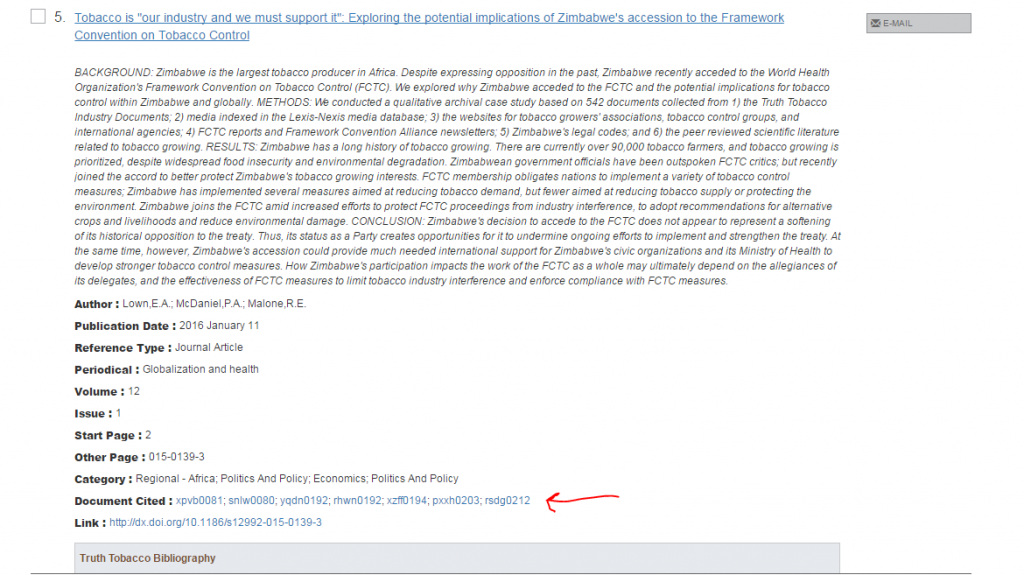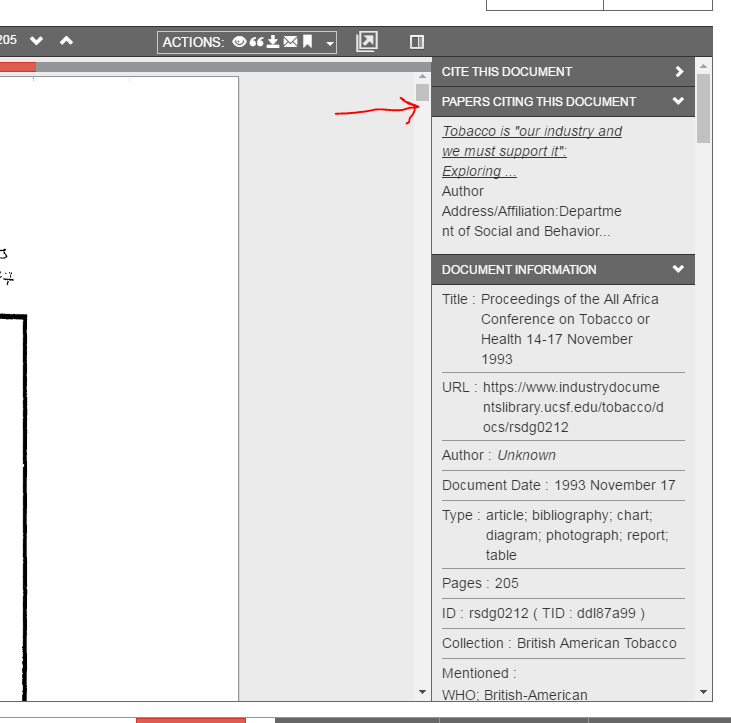
Collections
 @industrydocs on Twitter
@industrydocs on Twitter
The Washington-based Center for International Environmental Law (CIEL) recently debuted an amazing database of documents pulled from the files of Big Oil as well as our Truth Tobacco Industry Documents archive (TTID). The Smoke and Fumes website is a culmination of their investigation into climate misinformation campaigns which in turn led to a dive into our tobacco documents to look for industry intersections. And find them they did!
The Oil industry's efforts to mislead the public about climate science are well documented. Amidst the ongoing investigations and recent wave of climate litigation, comparisons to Big Tobacco have been obvious yet Exxon and its associates have rejected these parallels. CIEL's research into TTID reveals compelling evidence that the relationship between these two industries is "neither coincidental nor casual." The connections between oil and tobacco date back nearly a century and our tobacco documents show these industries have a long history of shared marketing and advertising strategies, research interests, PR firms, and scientists. For instance, in the 1970s, the Chair of BAT also served on the Board of Directors of Exxon and RJ Reynolds once owned and operated an oil company, American Independent Oil, which engaged in industry-wide projects. In the late 1950s the oil industry lent their expertise in mass spectrometry to tobacco companies looking to test cigarette smoke for toxins and both industries attempted to engage in joint research on filters.
These are just a few examples CIEL pulled from the tobacco documents. If you head over to our search box and type in "Shell Oil", "Exxon", or even "Esso", you'll be amazed at the thousands of documents that are retrieved.
Smoke and Fumes: A Hidden History of Oil and Tobacco from CIEL on Vimeo.
This study and supporting tumblr blog reports on RISE (Racism Still Exists), a high-risk, high-reward public health intervention that used outdoor advertising to disseminate a “counter-marketing” campaign in New York City (NYC).
One component of the campaign was to use internal tobacco industry documents to demonstrate ways the industry marketed cigarettes, targeted specific populations, and sought to deny the dangers of smoking. Big Tobacco’s targeting of Black populations reveals much about how these companies perceived African Americans and the strategies they used to create and maintain Black smokers.
The RISE campaign generated significant public discourse, particularly in social media and the study results suggest that racism counter-marketing campaigns may have promise as a community-based intervention to address health inequalities.
LeGresley E, Lee K. Analysis of British American Tobacco's questionable use of privilege and protected document claims at the Guildford Depository. Tobacco Control 2016 Jun 27.
Tobacco companies have a documented history of attempting to hide information from public scrutiny, including inappropriate privilege claims. The authors conducted a search of the Truth Tobacco Industry Documents Library which identified inconsistent privilege claims, and duplicates of documents withheld by BAT from public visitors. "A review of the validity of these claims was conducted against recognized legal definitions of privilege. The authors found that BAT has asserted inappropriate privilege claims over 49% of the documents reviewed (n=63). The quantity of such claims and consistency of the stated rationale for the privilege claims suggest a concerted effort rather than human error."
Key Documents from the UCSF Truth Tobacco Industry Documents:Lempert LK, Glantz SA. Implications of Tobacco Industry Research on Packaging Colors for Designing Health Warning Labels. Nicotine Tobacco Research. 2016 May 4.
Tobacco companies conducted research to understand how pack colors affect consumers’ perceptions of the products and make packages and their labeling more visually prominent. The companies found that black is visually prominent and black text on a white background is more prominent than white text on a black background. Yellow most quickly and effectively seizes and holds consumers’ attention and signals warning or danger, while white connotes health and safety. In essence, using black text on a bright contrasting background color, particularly yellow, attracts consumers’ attention to the message. Using the tobacco companies’ own internal research on improving the prominence of pack elements, advocates designing HWLs could consider using black lettering on a contrasting yellow background as this would most effectively seize and hold consumers’ attention and signal the danger of cigarettes and other tobacco products.
Key Documents from the UCSF Truth Tobacco Industry Documents:1) 825 new tobacco documents were posted to the Truth Tobacco Industry Documents yesterday.
2) The improved Industry Documents Bibliography!
Our Bibliography is a running list of papers and publications created using our industry documents. It has long been a helpful tool for research and education and we are excited to unveil the new interface today.

